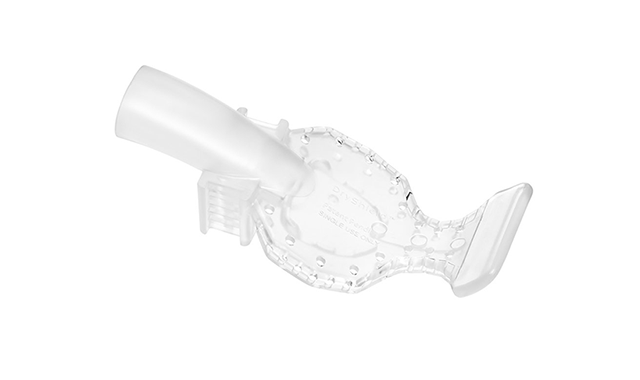DryShield announces new line of single-use mouthpieces
The company extends its flagship autoclavable all-in-one isolation system.

DryShield®, the all-in-one isolation system for dentistry, is launching a new line of single-use mouthpieces at CDA Presents the Art and Science of Dentistry, as it celebrates its five-year anniversary at the show. The company, which first made its stamp in the dental industry with the first fully autoclavable modern isolation system, is proud to expand its offerings to serve dentists who prefer the convenience of single-use mouthpieces.
“We are excited to be the first isolation system with a full slate of autoclavable and single-use mouthpiece options," says DryShield CEO Thien Nguyen. "We think that, for our customer base, this is a real game-changer. We heard the voice of our customer community and responded with this new single-use line of products. It’s a reflection of our dedication to our customers, who help us drive innovation and value every day."
Read more: The top 4 benefits of DryShield

Founder Dr. Lan Nguyen adds, “Our vision has always been for all dentists-my colleagues and friends-to enjoy the benefits of modern isolation, no matter what kind of practice they are in. Introducing the single-use mouthpieces now offers dentists a range of options to find the best fit for their needs and those of their patients."
Although the DryShield autoclavable mouthpieces continue to be the most economical option for many offices, for certain practices a single-use mouthpiece option may be preferred. In particular, the single-use mouthpieces target the needs of certain hospitals, government organizations and practices that want the added convenience. The new single-use mouthpieces are available in Pedo, Small, Medium, and Large sizes to fit all patients. The mouthpieces come in a box of 20, with each mouthpiece individually packaged.
Designed by a dentist for dentists, the DryShield mouthpiece is engineered in two options-autoclavable and now single-use-to meet dentists’ needs for maximum affordability or convenience. All DryShield dentists will reportedly continue to see chair time reduced by an average of 20-30 percent per procedure, allowing more procedures per appointment, more patients scheduled per day and more consistent on-time schedules.